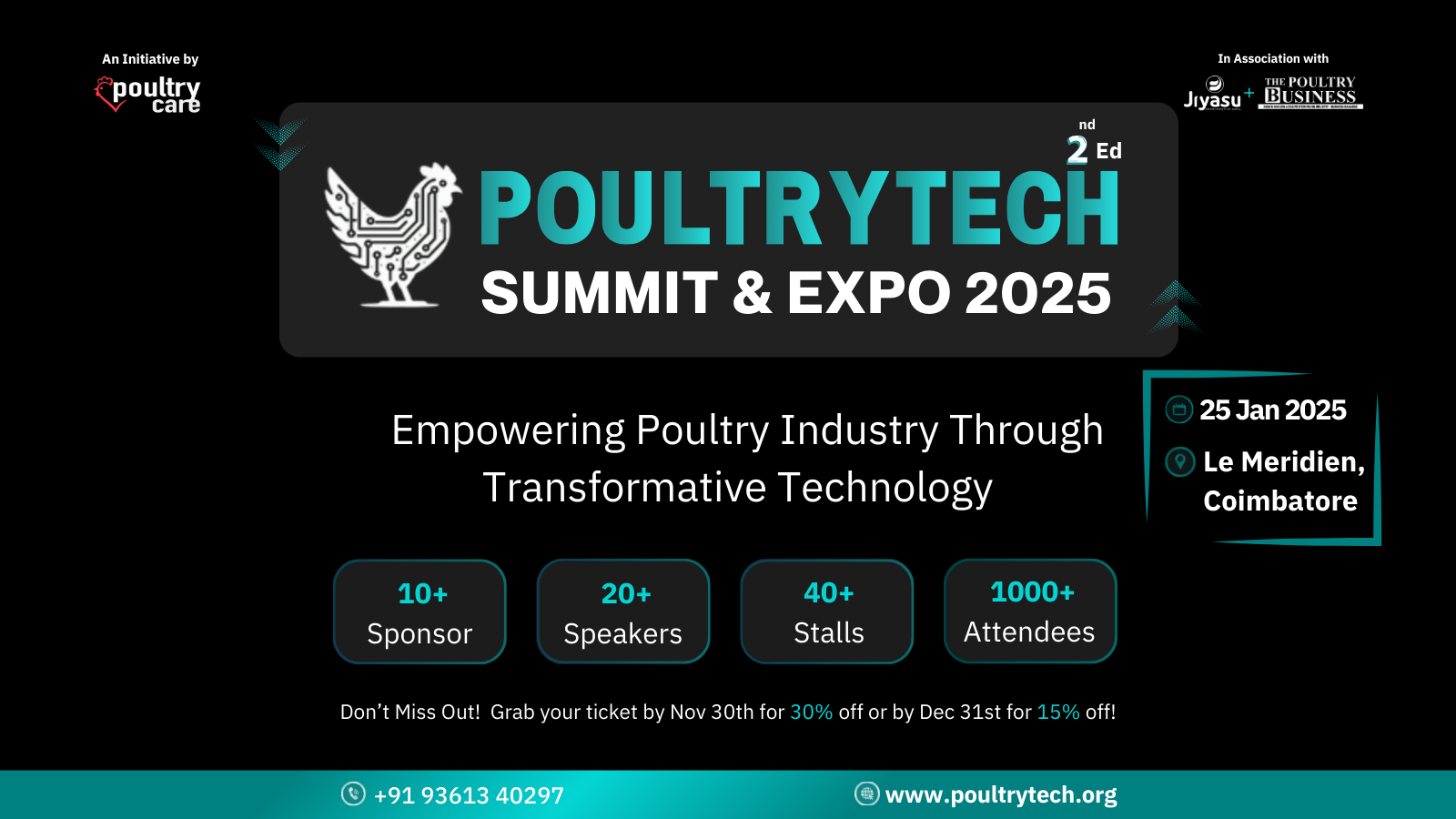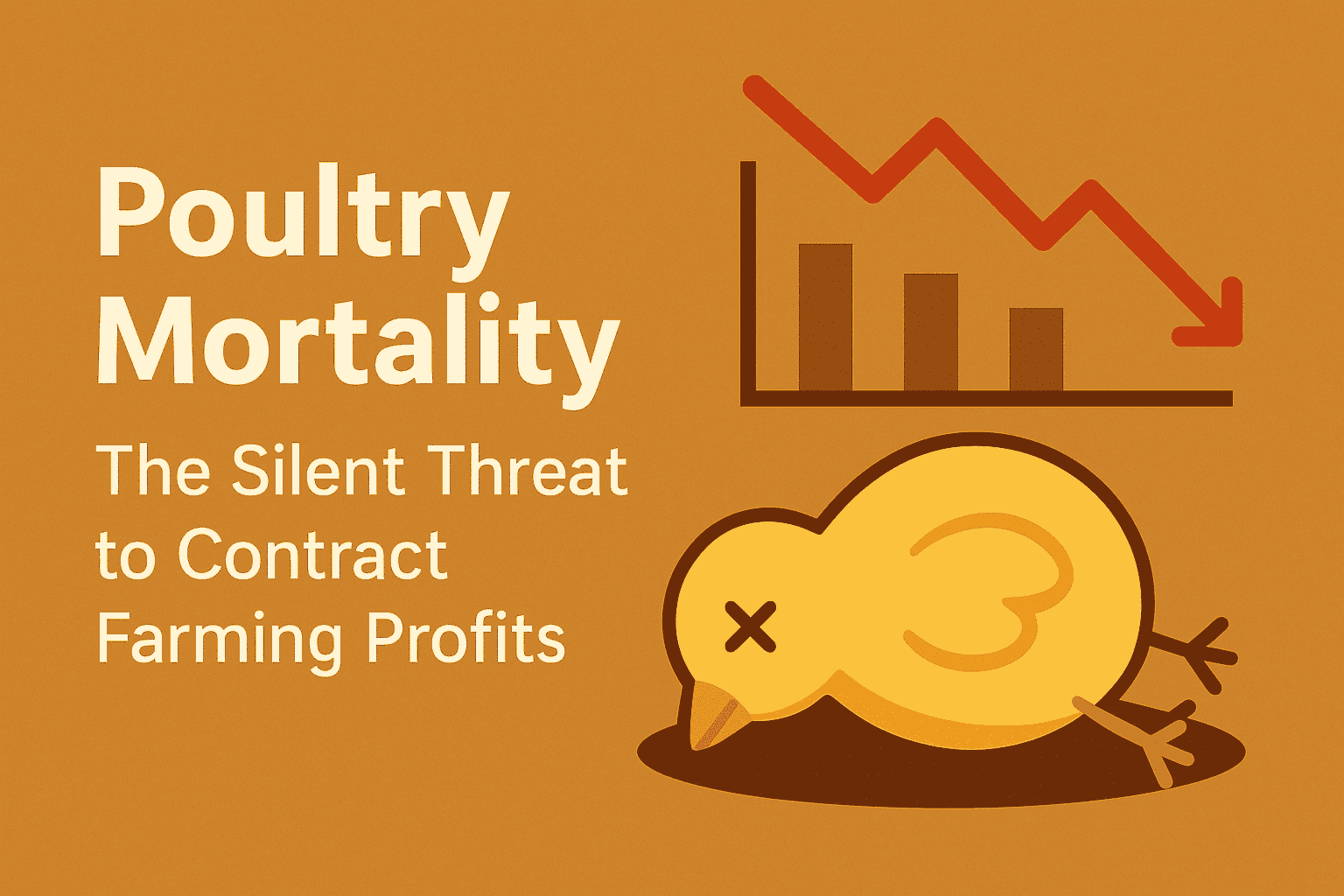In poultry farming, every small detail adds up to create either a gain or a loss. From the feed mill to the processing plant, everything is connected. One of the quietest yet most powerful areas that directly impacts income is meat recovery. And at the heart of that is deboning.
Deboning is the process of removing meat from bones after slaughter. It is where most of the value is extracted. But not all deboning is the same. The technique, the type of cut, and the way it is tracked make a huge difference in how much meat is recovered and how much is wasted.
For many farms and plants, deboning is seen as just a part of the routine. But with proper tracking, especially by deboning type, it becomes a tool to reduce wastage and increase overall profitability.
What Happens When Deboning Is Not Properly Tracked
When teams do not monitor how meat is being deboned, a few things happen. First, there is no way to tell which part of the bird is giving how much meat. This makes it hard to know whether the yield is going up or down. Some cuts may be giving less meat than expected but there is no data to prove it.
Second, different teams may be using different techniques. Some might be more skilled while others are still learning. Without tracking, there is no way to correct or guide them. Slowly, these small gaps build up into a large loss of usable meat.
Third, planning becomes weak. Without knowing which deboning type gives the best results, it becomes difficult to plan how many birds to send for each type of cut. Feed mills also cannot calculate accurate recovery values. This affects costing, stock planning, and even pricing.
How Tracking by Deboning Type Changes the Game
Tracking deboning by type means breaking down the process into clear categories. Each part of the bird is deboned in a specific way. The meat recovered from each of these parts is then measured and logged.
This gives a clear picture of how much meat is coming from which part of the bird. It also helps in identifying which technique or tool is giving better yield. It builds awareness among the processing team about their own performance.
Once the data starts flowing in, managers can easily spot trends. Are wings giving less meat than before. Is the breast meat recovery going down. Are thighs being overcut. With this knowledge, small training changes can bring big improvements.
How Feed Mill Teams Benefit from Accurate Deboning Data
Many people do not connect feed mill planning with deboning. But both are deeply linked. When feed is given to birds, it has a cost. That cost is expected to turn into weight and eventually meat. If the meat is not recovered well during deboning, all the careful feed planning goes to waste.
Accurate deboning data helps feed mill teams understand real recovery rates. This helps in pricing, future feed planning, and in setting more realistic production targets. Waste can also be tracked and used in byproducts or alternative channels without affecting the core business.
It also gives clarity on whether feed formulas are actually working. If birds are growing well but deboning is poor, then the problem is with processing. If meat yield is high but weight gain is low, then feed quality may need improvement.
Training the Team to Debone With Awareness
Deboning is both skill and art. While machines help, human hands still play a big role in meat recovery. That is why training teams with the right knowledge is important. Tracking makes training more effective. When workers can see the impact of their cuts, they become more careful and committed.
Simple charts, feedback sheets, and open discussions can turn average workers into skilled technicians. It builds pride in their work and creates a friendly competition to get better.
Even more important is respecting their feedback. Sometimes, workers notice things that data may not show. Their observations, combined with tracking data, can lead to better decision making.
Using Daily Reports to Stay on Track
Daily or weekly tracking reports help everyone stay informed. These reports do not need to be complex. A simple note of which type of deboning was done, how much meat was recovered, and how much was lost is enough to get started.
These reports should be shared with all teams including processing, feed mill, transport, and farm supervisors. This way, everyone knows what is happening and can act together.
The goal is not to find fault but to find patterns. When everyone begins to see the results, the whole system becomes more efficient and aligned.
Bringing It All Together for Long Term Results
Tracking deboning by type is not a one time activity. It is a habit. It builds awareness, saves money, and improves product quality. It also builds a team culture of care and accountability.
In the long run, farms that track their meat recovery closely will always perform better than those who work without insight. Even small changes in recovery can make a big difference in the yearly bottom line.
This is not just about numbers. It is about respect. Respect for the bird, for the feed, and for the effort of everyone who works in the chain. When every gram of meat is valued, the whole business becomes stronger and more sustainable.
Tracking deboning by type helps improve meat recovery, reduce waste, and support smarter planning across the poultry chain. When every cut is done with care and awareness, the entire operation becomes more efficient and profitable.




